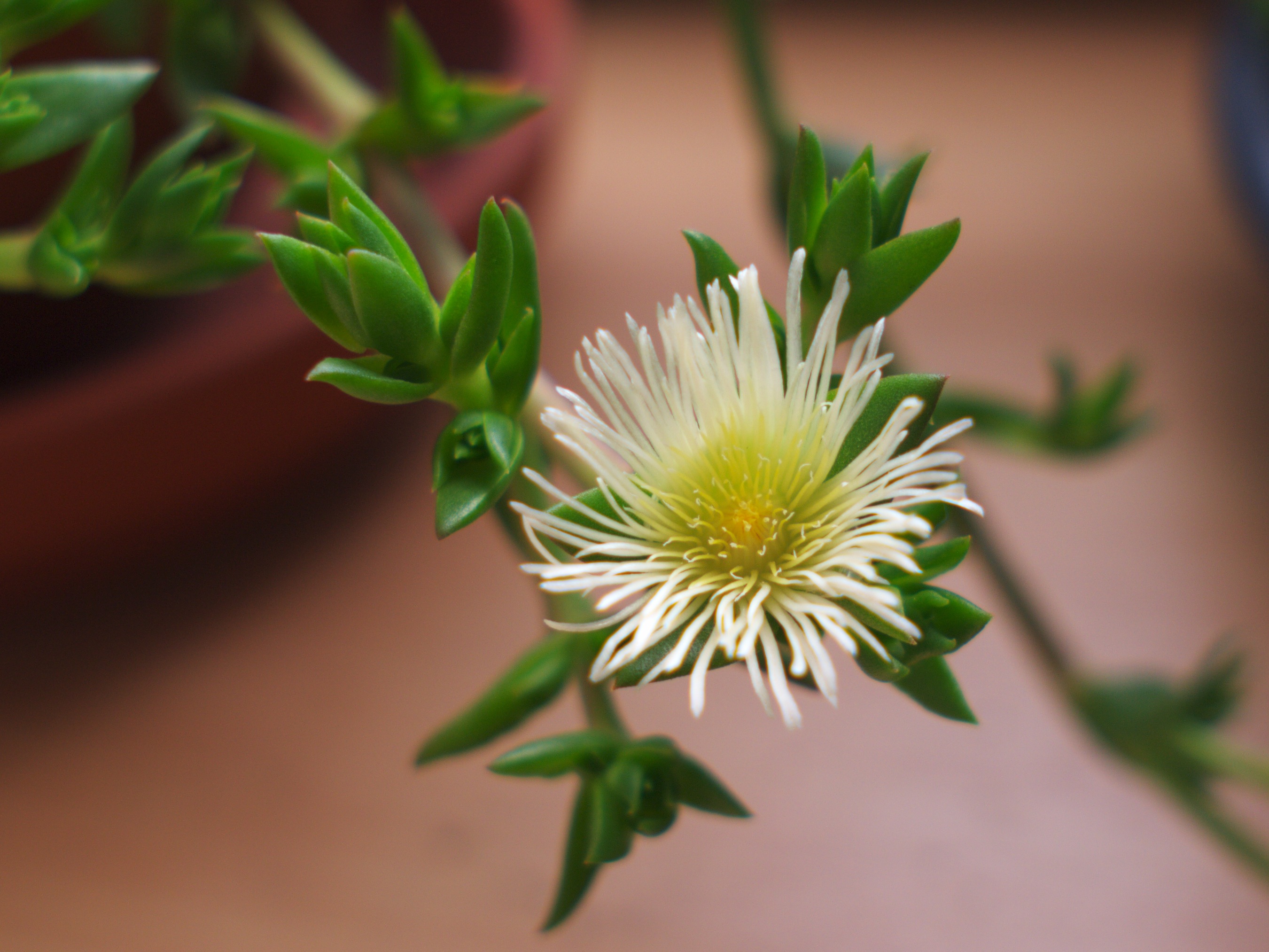|
Drosanthemum Hispidum
''Drosanthemum hispidum'', the hairy dewflower, is a species of perennial herb in the family Aizoaceae (stone plants). They are succulent plants and have a self-supporting growth form and simple, broad leaves. Flowers are visited by ''Colletes schultzei The genus ''Colletes'' (plasterer bees) is a large group of ground-nesting bees of the family Colletidae. They occur primarily in the Northern Hemisphere. They tend to be solitary, but sometimes nest close together in aggregations. Species ...''. D. hispidum contains the alkaloid 4'-O-demethylmesembrenol structurally related to alkaloids in Kanna ( Sceletium tortuosum). Sources References hispidum {{Aizoaceae-stub ... [...More Info...] [...Related Items...] OR: [Wikipedia] [Google] [Baidu] |
Aizoaceae
The Aizoaceae, or fig-marigold family, is a large family of dicotyledonous flowering plants containing 135 genera and about 1800 species. They are commonly known as ice plants or carpet weeds. They are often called vygies in South Africa and New Zealand. Highly succulent species that resemble stones are sometimes called mesembs. Description The family Aizoaceae is widely recognised by taxonomists. It once went by the botanical name "Ficoidaceae", now disallowed. The APG II system of 2003 (unchanged from the APG system of 1998) also recognizes the family, and assigns it to the order Caryophyllales in the clade core eudicots. The APG II system also classes the former families Mesembryanthemaceae Fenzl, Sesuviaceae Horan. and Tetragoniaceae Link under the family Aizoaceae. The common Afrikaans name "vygie" meaning "small fig" refers to the fruiting capsule, which resembles the true fig. Glistening epidermal bladder cells give the family its common name "ice plants". Most s ... [...More Info...] [...Related Items...] OR: [Wikipedia] [Google] [Baidu] |
Colletes Schultzei
The genus ''Colletes'' (plasterer bees) is a large group of ground-nesting bees of the family Colletidae. They occur primarily in the Northern Hemisphere. They tend to be solitary, but sometimes nest close together in aggregations. Species in the genus build cells in underground nests that are lined with a cellophane-like plastic secretion, a true polyester,Hefetz, A., et al. (1979)Natural polyesters: Dufour's gland macrocyclic lactones form brood cell laminesters in ''Colletes'' bees.''Science'' 204(4391), 415-17. earning them the nickname polyester bees.Eveleth, R. and D. ChachraCan Bees Make Tupperware?''Scientific American'' December 19, 2011. there were about 469 described species, and an estimated total around 700.Proshchalykin, M. Y. and M. Kuhlmann. (2012)The bees of the genus ''Colletes'' Latreille 1802 of the Ukraine, with a key to species (Hymenoptera: Apoidea: Colletidae).''Zootaxa'' 3488 1-40. They occur throughout the world except in Antarctica, Australia, ... [...More Info...] [...Related Items...] OR: [Wikipedia] [Google] [Baidu] |
Sceletium Tortuosum
Sceletium tortuosum is a succulent plant commonly found in South Africa, which is also known as Kanna, Channa, Kougoed (Kauwgoed/ 'kougoed', prepared from 'fermenting' ''S. tortuosum'')—which literally means, 'chew(able) things' or 'something to chew'. The generally recognised eight ''Sceletium'' species are ''S. crassicaule'', ''S. emarcidum'', ''S. exalatum'', ''S. expansum'', ''S. rigidum'', ''S. strictum'', ''S. tortuosum'' and ''S. varians''. Per Klak et al. (2007), an alternative classification for the ''Sceletium'' group is ''Mesembryanthemum crassicaule'', ''M. emarcidum'', ''M. exalatum'', ''M. expansum'', ''M. archeri'' (''S. rigidum''), ''M. ladismithiense'' (''S. strictum''), ''M. tortuosum'' and ''M. varians''. History The plant has been used by South African pastoralists and hunter-gatherers as a mood-altering substance from prehistoric times. The first known written account of the plant's use was in 1662 by Jan van Riebeeck. The traditionally prepared drie ... [...More Info...] [...Related Items...] OR: [Wikipedia] [Google] [Baidu] |


